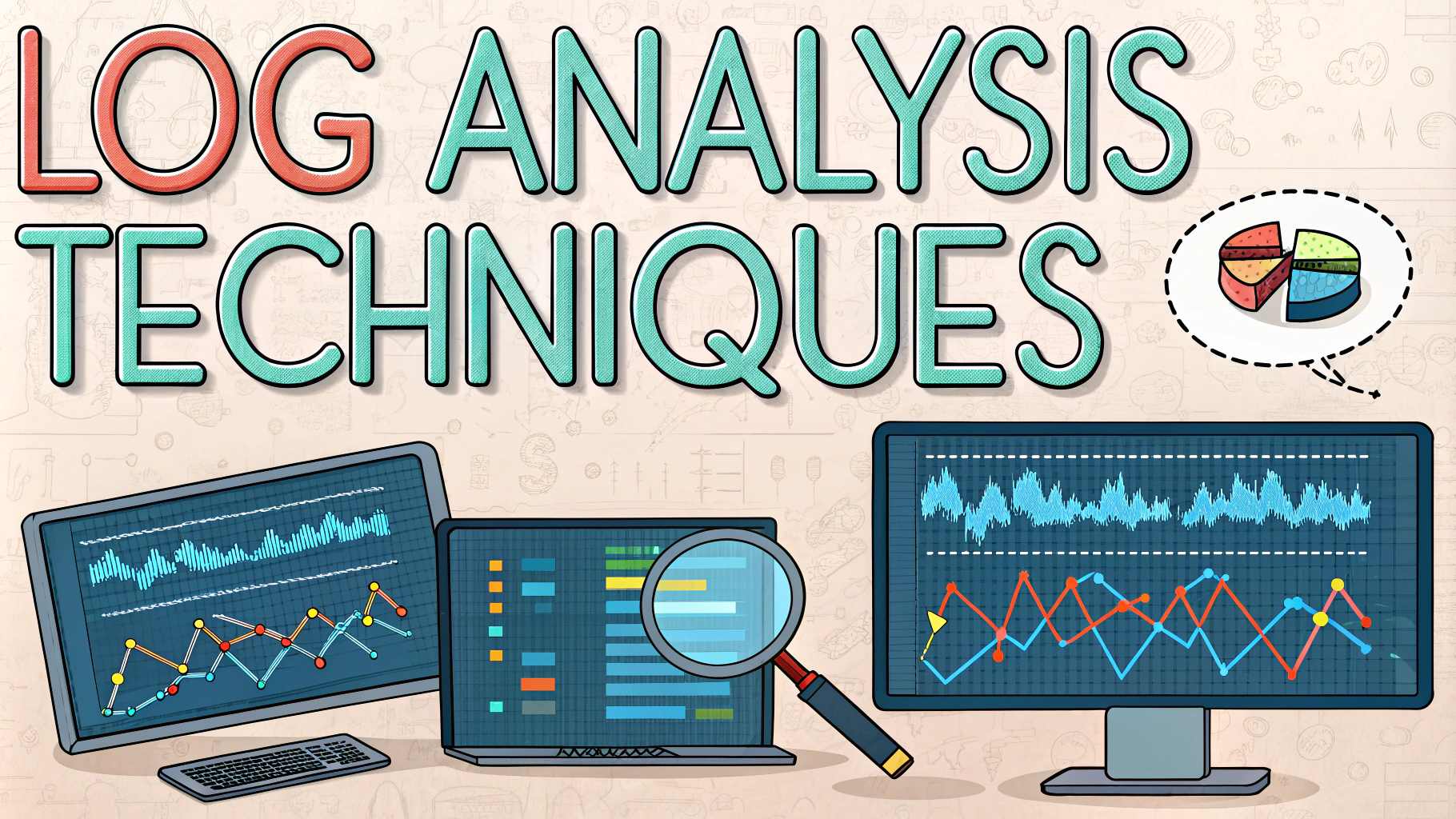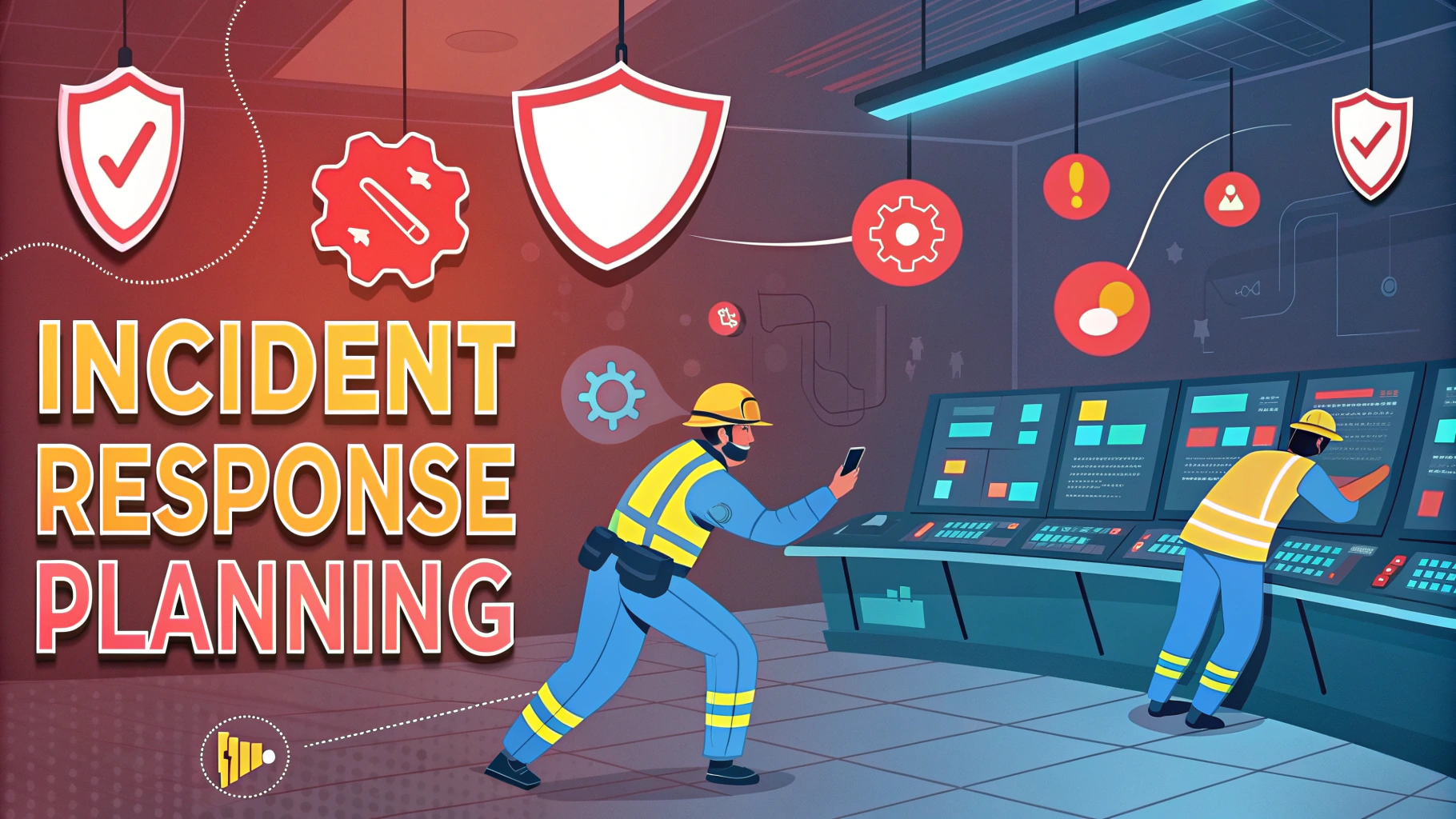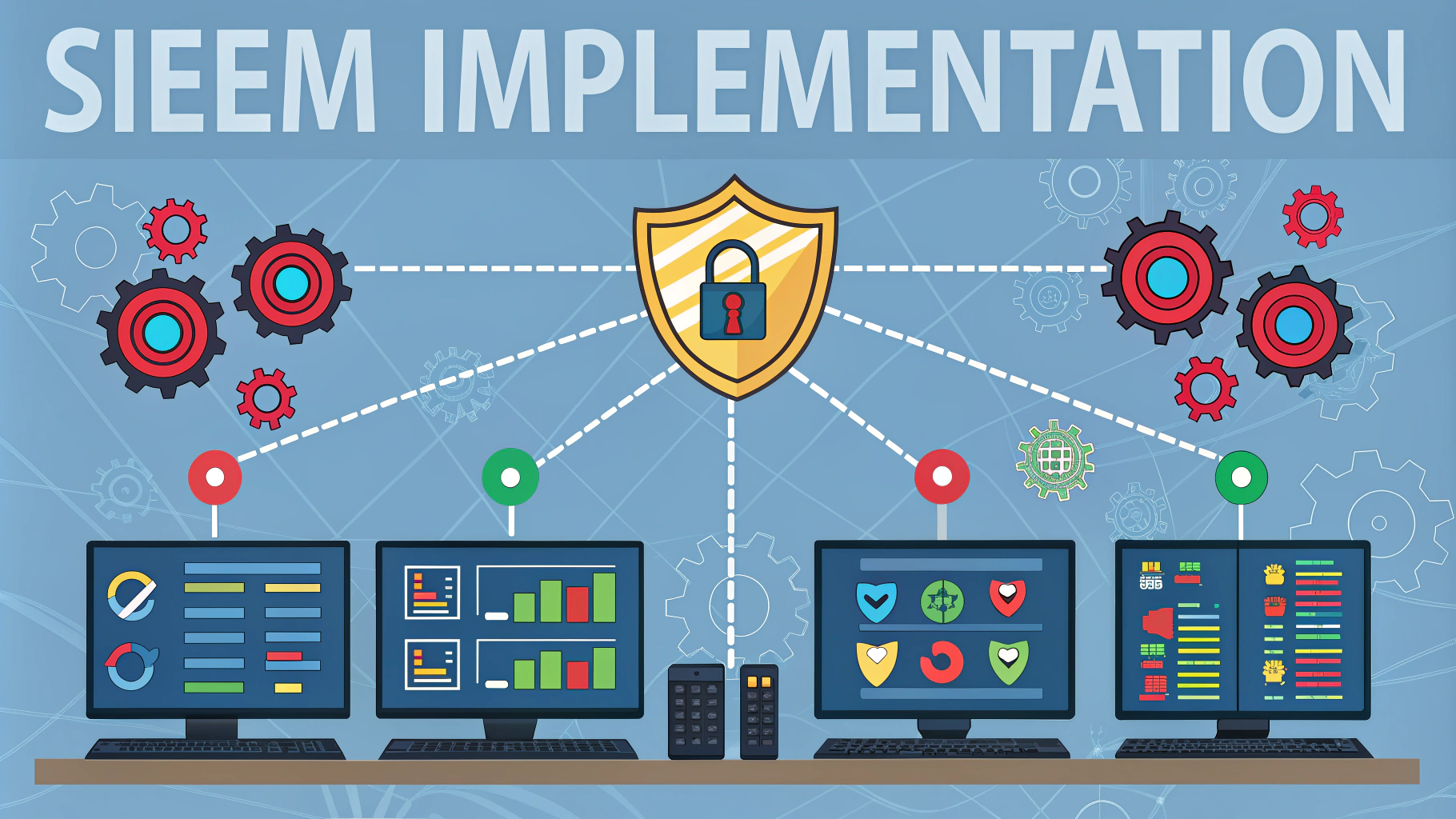Proper documentation and reporting form the backbone of any successful penetration testing engagement.
A well-structured penetration testing report helps organizations understand their security vulnerabilities and implement effective remediation strategies.
Essential Components of a Penetration Testing Report
- Executive Summary
- Testing Methodology
- Technical Findings
- Risk Ratings
- Remediation Recommendations
Executive Summary
The executive summary provides a high-level overview of the testing scope, major findings, and recommended actions.
Testing Methodology
- Tools used during testing
- Testing approach and framework (OWASP, PTES, etc.)
- Scope limitations
- Testing timeline
Technical Findings
Each vulnerability should be documented with:
- Description of the vulnerability
- Steps to reproduce
- Screenshots or proof of concept
- Affected systems/components
- Technical impact
Risk Ratings
Use standardized scoring systems like CVSS to rate vulnerabilities:
| Severity | CVSS Score |
|---|---|
| Critical | 9.0-10.0 |
| High | 7.0-8.9 |
| Medium | 4.0-6.9 |
| Low | 0.1-3.9 |
Documentation Best Practices
- Use clear, technical language without jargon
- Include timestamps for all testing activities
- Document all tools and commands used
- Maintain detailed logs of all testing sessions
- Record system changes or modifications
Report Templates and Tools
Popular reporting tools include:
- Serpico – Penetration testing report generation tool
- MobSF – Mobile app security testing report generator
- Faraday – Collaborative penetration testing and vulnerability management platform
Report Distribution and Security
- Encrypt reports using PGP or similar encryption
- Use secure file transfer methods
- Implement access controls for report storage
- Consider using digital signatures for authenticity
Legal Considerations
- Include scope and authorization details
- Document any deviations from agreed scope
- Note any unintended system impacts
- Maintain client confidentiality
For standardized reporting templates, refer to the Penetration Testing Execution Standard (PTES).
Additional Report Considerations
Stakeholder Communication
- Schedule report review meetings
- Prepare presentation materials for different audiences
- Create action item tracking system
- Establish feedback channels
Follow-up Documentation
Additional documentation should include:
- Verification of implemented fixes
- Re-testing results
- Progress tracking metrics
- Updated risk assessments
Report Maintenance
- Version control for documentation
- Change tracking system
- Historical vulnerability database
- Trend analysis capabilities
Conclusion
Effective penetration testing documentation requires:
- Structured approach to reporting
- Clear communication of technical findings
- Actionable remediation steps
- Proper security controls for sensitive information
- Ongoing maintenance and follow-up procedures
Organizations should establish standardized documentation processes and utilize appropriate tools to maintain consistency and efficiency in penetration testing reporting. Regular review and updates of documentation practices ensure continued effectiveness of security assessment programs.
FAQs
- What should be included in a penetration testing report?
A comprehensive penetration test report should include an executive summary, methodology, findings and vulnerabilities, risk ratings, technical details, proof of concept, and remediation recommendations. - How should vulnerabilities be prioritized in penetration test documentation?
Vulnerabilities should be prioritized using standardized risk rating systems (like CVSS), considering factors such as impact severity, exploitation difficulty, and potential business consequences. - What documentation should be maintained during the testing phase?
Testers should maintain detailed logs of all activities, screenshots, commands used, timestamps, discovered vulnerabilities, exploitation attempts, and any system changes made during testing. - How should sensitive information be handled in penetration testing reports?
Sensitive data should be redacted or encrypted, reports should be properly classified, and distribution should be limited to authorized personnel only. Separate technical and executive reports may be necessary. - What compliance requirements affect penetration testing documentation?
Documentation must adhere to relevant standards like PCI DSS, HIPAA, or SOX, including specific reporting formats, retention periods, and handling procedures for sensitive data. - How should remediation recommendations be documented?
Recommendations should be clear, actionable, prioritized, and include specific steps for remediation, estimated effort, potential impacts, and references to industry best practices. - What tools can be used for penetration testing documentation?
Professional tools like Dradis, AttackForge, PlexTrac, or DefectDojo can be used for documentation management, along with secure document repositories and report templates. - How long should penetration testing documentation be retained?
Documentation should be retained according to organizational policies and regulatory requirements, typically 1-3 years, with appropriate security controls and access restrictions in place. - What metrics should be included in penetration testing reports?
Reports should include metrics like the number of vulnerabilities by severity, time to detection, exploitation success rates, and coverage metrics of tested systems and applications. - How should chain of custody be maintained for penetration testing evidence?
Document all handling of evidence with timestamps, responsible parties, and storage locations. Maintain integrity through hashing and secure storage of all artifacts and findings.








